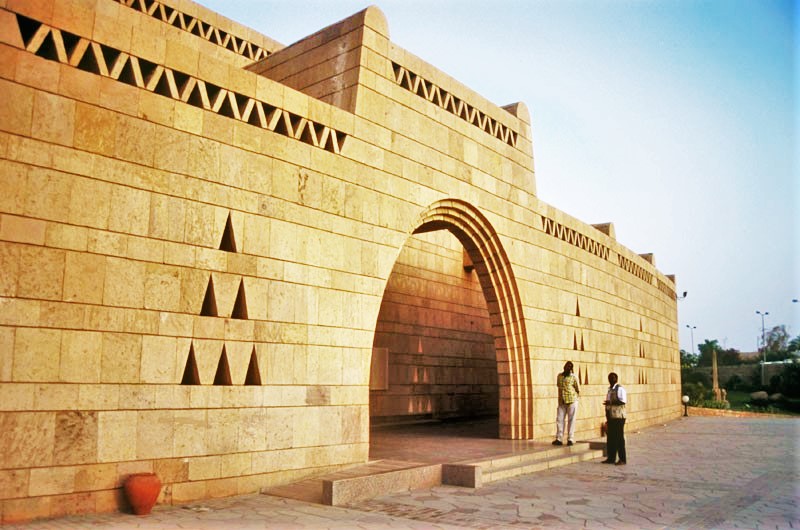Most travelers who come to Egypt or who simply want to roam the country merely opt to visit the Egyptian museum in Cairo or the Luxor museum in Upper Egypt, not knowing that Egypt actually holds a plethora of interesting and well-organized other museums that are well worth the visit. As such, these are the top 10 less-known museums that even the most culture-seeking Egyptian probably hasn’t heard about. 1.The Nubia Museum (Aswan) When one goes to Aswan, there are many things to keep one busy. Most tourists and travelerss opt to enjoy sunset feluccas on the Nile, or visit Philae temple, but the Nubia museum is one of the few modern buildings that is renown even outside of Egypt. The museum, established as part of the UNESCO International Campaign, actually houses various artifacts and finds salvaged during the UNESCO salvage campaign following the construction of the high-dam. It was first opened to the public in 1997, housing over 3,000 objects, and its focal point is Nubian culture across history. It was designed by architect Mahmoud El Hakim and it was awarded the Aga Khan Award for Architecture in 2001;…



